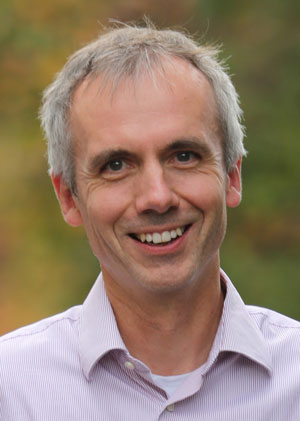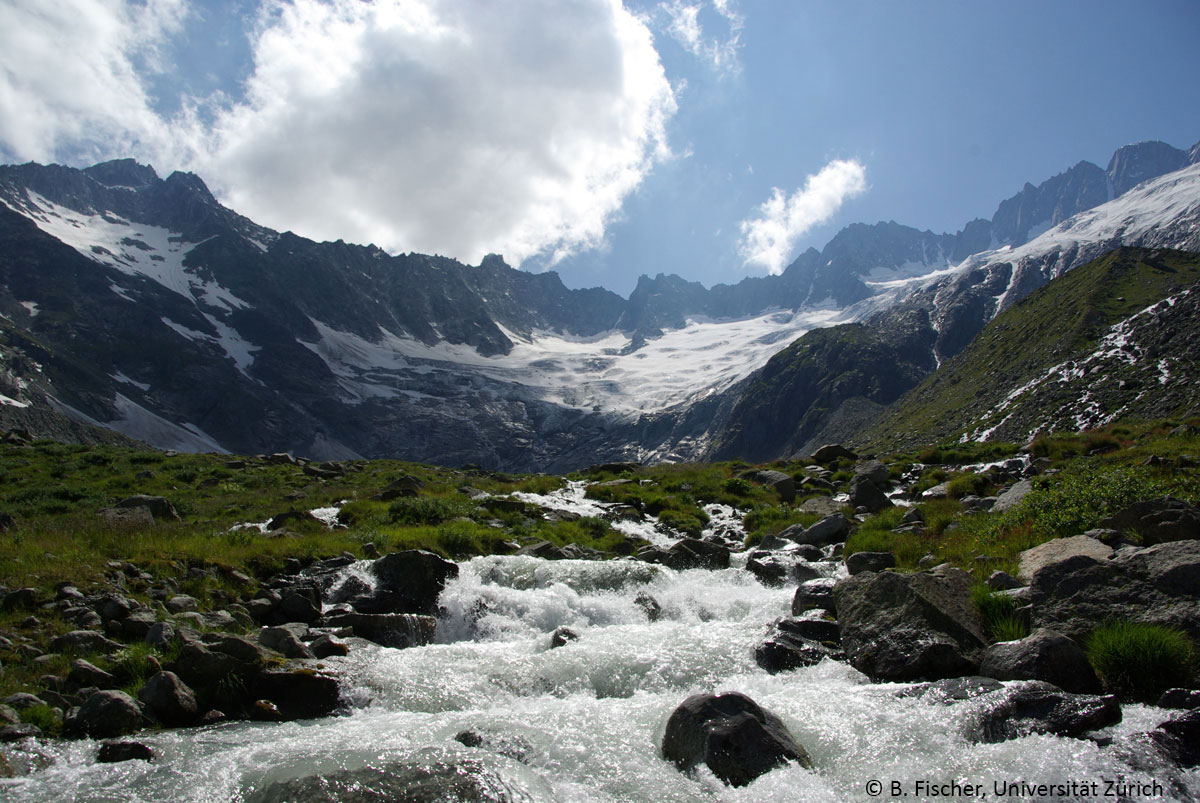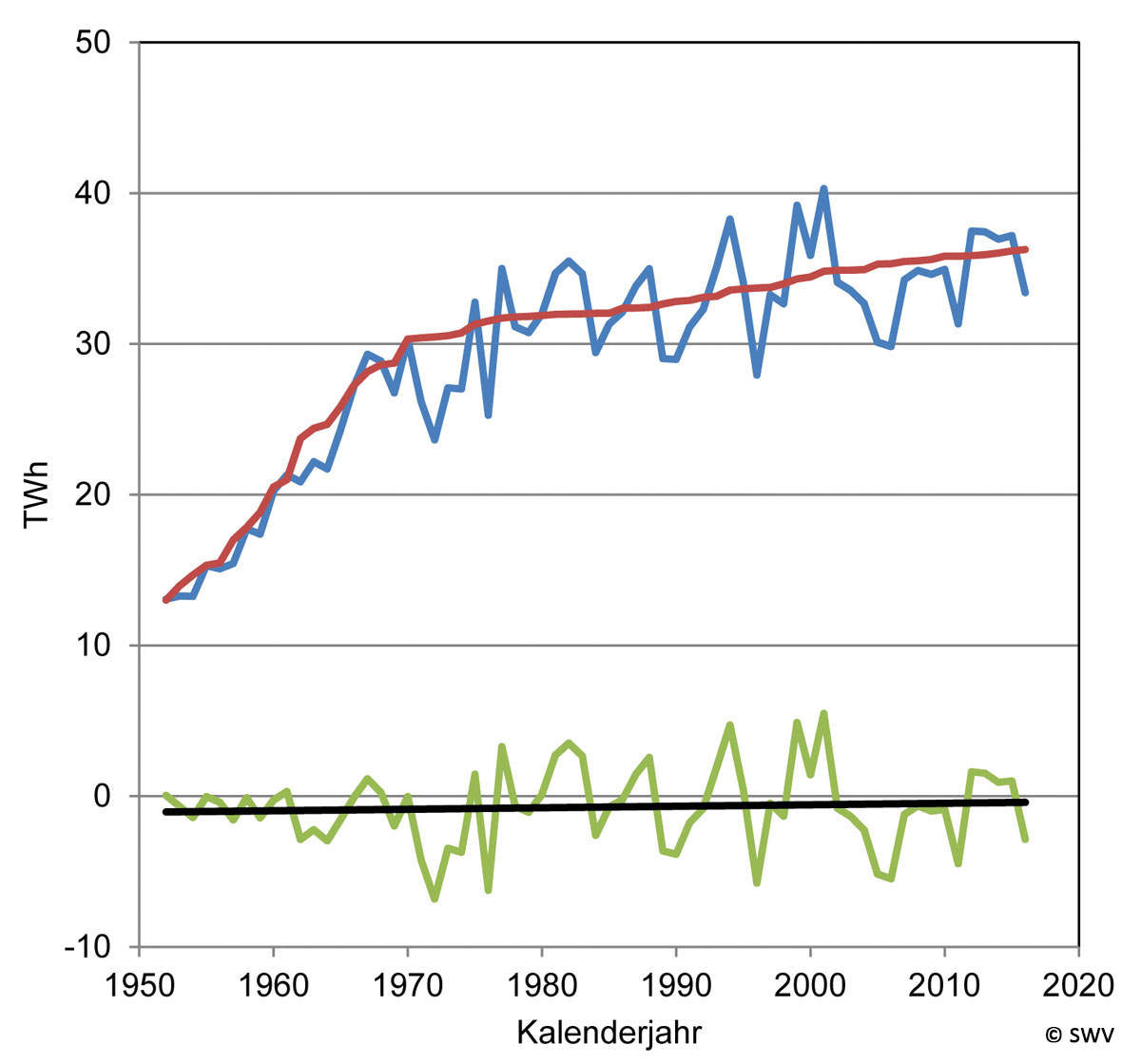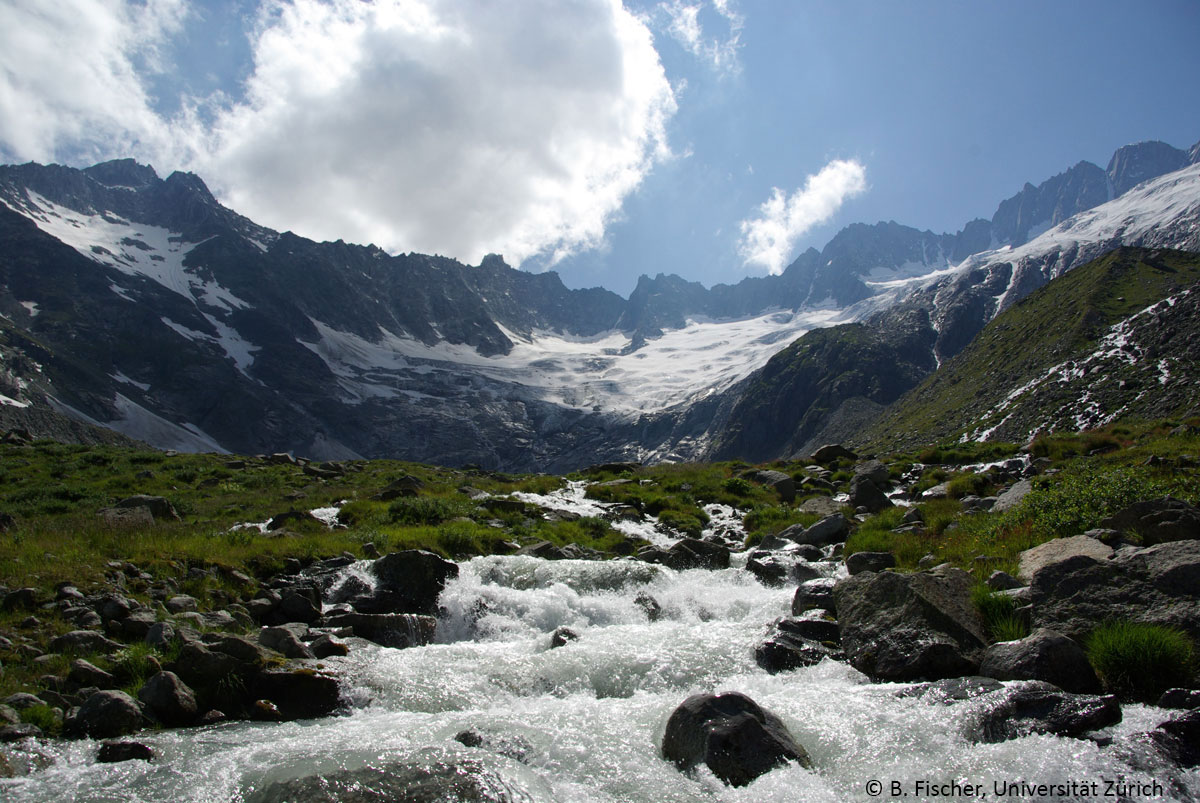Weather-sensitive hydropower
June 2017 - by Manfred Stähli
No year resembles the other regarding electricity production from hydropower. This is principally due to weather conditions, what often is neglected in the discussion about the targets of the future energy production. However, for the domestic electricity supply, these weather caused fluctuations may be a greater challenge than the long-term capacity increase through existing and new hydropower plants – especially in winter.
Cold weather demands electricity
Prior to the vote about the Energy Strategy 2050, it was often discussed how much this energy turnaround will cost per year. Is it 40 or 3’200 CHF per household? It was rarely mentioned that our spending for electricity and heating varies significantly from year to year. I recently found a small booklet in the basement, belonging to the previous house owner. In this booklet, he properly documented the yearly heating oil consumption. He used 4’750 liters in 1984, one of the coldest years of the past century, and 3’400 liters in 2003, which is known for its hot summer. This corresponds to a difference of 1’200 CHF if we apply the current prices for heating oil. These yearly fluctuations are decisively induced by the weather. A cold winter demands more heating oil. But also the electricity demand in a household increases substantially with cold winter temperatures, among other things caused by the increased electricity needs of heat pump heating.
Fluctuating hydropower
Our domestic hydropower production depends on the weather in the same way. The Swiss association for water management (SWV) reports that a total of 37.2 TWh were produced in 2015, whereas there were only 33.4 TWh in the following year
Fortunately, years with an electricity demand above average generally do not occur at the same time as low hydropower production. This usually is a consequence of summers with low precipitation but high temperatures, in which large flows provided by glacier melt equalizes the electricity production. But what will it look like in a couple of decades, when the glacier surface will have decreased drastically? A recent study from the International Commission for the Hydrology of the Rhine Basin points out that melting glaciers contribute a third to the flow in Basel during a hot summer like 2003. This water will be absent to a large extent by the end of this century, what will have a significant influence on our run-of-the-river electricity production in future late summers. This likely will not be a problem at that point since this gap of supply will be closed by solar power.
More interesting is the question of how hydropower production will develop with climate change in winter, when the sun shines low and allows only limited electricity production with solar power. A recent master thesis from the University of Innsbruck concludes that flows will increase in average by 10 to 20 percent in mid-sized rivers such as the Reuss, Thur or Kleine Emme between December and February compared to nowadays. Caused by higher air temperatures, snowfall will more and more be replaced by rainfall. The differences from year to year, however, are larger than this average, what indicates that an increase in electricity production in these rivers is not guaranteed every winter. Additionally, these calculations are based on a high uncertainty concerning the impact of climate change on rainfall during winter. In this regard, the latest Swiss climate change scenarios from 2011 made no clear statements. In the meanwhile, they were recalculated with over 20 combinations of global and regional climate models and will be available for our hydrological models at the end of this year. I am curious if the statements for the winter precipitation will concretize compared to 2011.
Compensation with new reservoirs?
A key factor for the supply of electricity in winter will be how the construction of new reservoirs will continue. The focus is put towards alpine areas where new lakes are created naturally by glacier retreat (further information is given in the last section of this blog post). An ongoing study in the framework of the SCCER-SoE concludes that already a small number of such new reservoirs could provide an additional 2 to 3 TWh electricity. This corresponds to an increase of 15 to 20 percent of the winter production nowadays. However, this extrapolation just exists in theory and excludes important factors such as ecological consequences, security and acceptance in society. Eventually, the realization of such new reservoirs does not only create technical and scientific questions but also social and economic ones. This represents a prime example of interdisciplinary research, which can only work out answers in a research alliance.
Conclusion
Short-term and seasonal fluctuations due to weather conditions remain a key challenge for the supply of electricity. It is of high importance that hydropower with increased production flexibility will contribute even more to close this gap than in the past – in accordance with ecology. This is what we are working on.
Author

Dr. Manfred Stähli is the head of the research unit Mountain Hydrology and Mass Movement at the Swiss Federal Research Institute WSL. Further, he leads task 2.1 in the SCCER-SoE.




